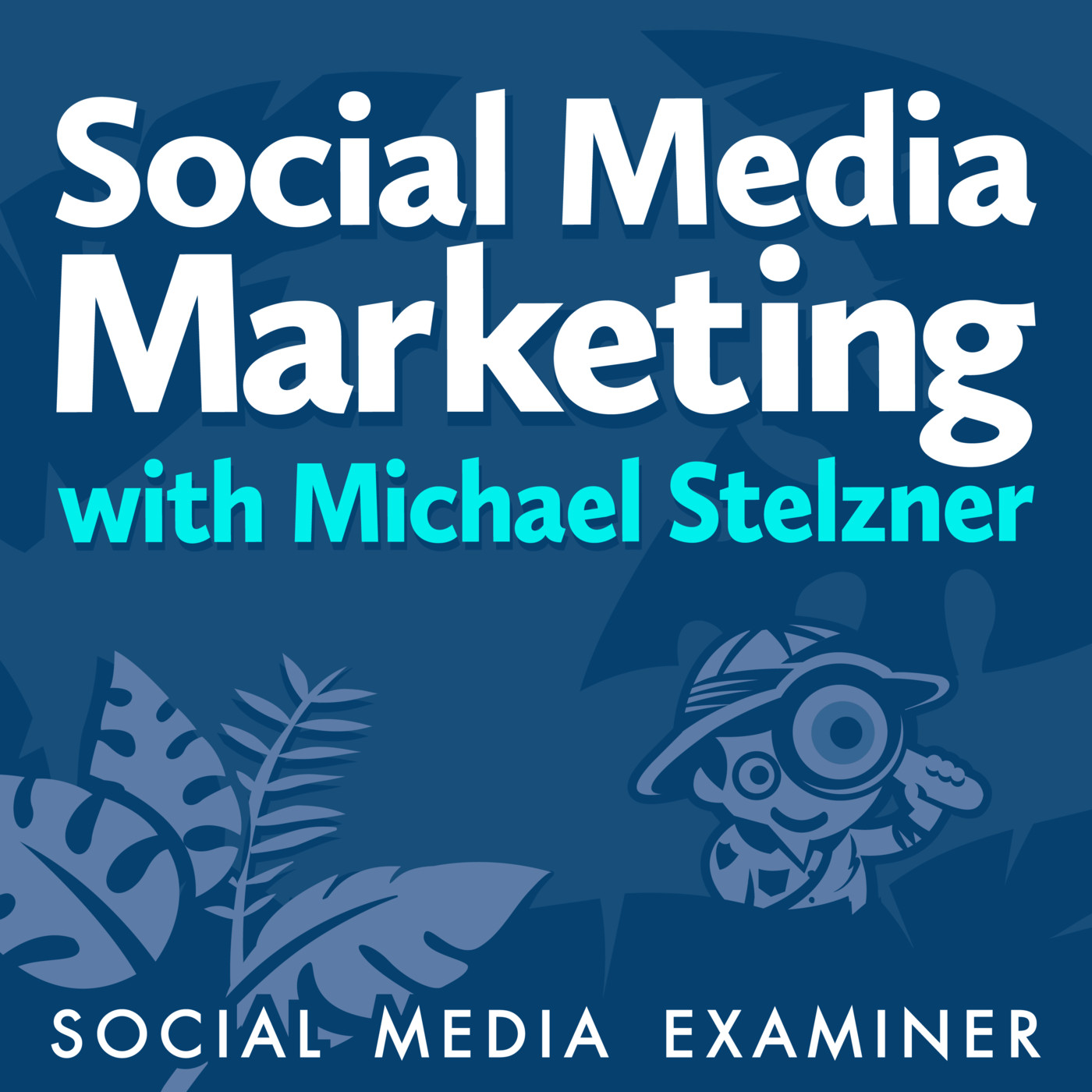
How to Create Persuasive Video Ads That Convert

Social Media Marketing Podcast
Deep Dive
What are the key psychological components of high-converting video ads?
High-converting video ads leverage psychological components such as addressing pain points, desired outcomes, and strategic hooks. These elements are designed to grab attention, evoke emotions, and drive action. Techniques like pattern interrupts, identifying the target audience, and using specific hooks (e.g., fact/statistic, objection, pain/desire) are crucial for stopping the scroll and engaging viewers.
Why is it important to address objections in video ads?
Addressing objections in video ads is critical because potential customers often have concerns about time, cost, or safety. By presenting and overcoming these objections, ads build trust and credibility. For example, using social proof or case studies to show how others have successfully used the product or service can alleviate doubts and encourage action.
What tools can marketers use to create video ads without a videographer?
Marketers can use smartphone apps like Captions.ai for adding animated captions and TeleprompterPro.com for reading scripts while recording. These tools simplify the process of creating professional-looking video ads without needing a videographer. Additionally, vertical recording is recommended for platforms like Instagram, Facebook, and YouTube Shorts.
What is the role of pattern interrupts in video ads?
Pattern interrupts are used at the beginning of video ads to break the viewer's scrolling habit and grab their attention. Techniques include waving at the camera, using glitch effects, or incorporating viral clips from tools like TransitionalHooks.com. These interrupts are designed to make the ad stand out and encourage viewers to watch further.
How can marketers effectively use hooks in video ads?
Marketers can use seven types of hooks in video ads: fact/statistic, objection, pain/desire, polarization, result, rhetorical question, and strong statement. Each hook serves a specific purpose, such as sparking curiosity, addressing pain points, or presenting polarizing ideas. For example, a polarization hook might claim 'websites are dead' to challenge common knowledge and engage viewers.
Why is it important to identify the target audience in video ads?
Identifying the target audience in video ads helps screen in the right viewers and screen out irrelevant ones. This specificity saves ad spend and ensures the message resonates with the intended audience. For example, starting an ad with 'Are you a roofing contractor?' immediately signals relevance to that group and increases engagement.
What is the significance of authority and experience in video ads?
Authority and experience establish credibility and reassure viewers that the advertiser is qualified to offer the product or service. Sharing achievements, case studies, or testimonials can build trust. For example, stating 'I've helped produce over a thousand videos for Russell Brunson' demonstrates expertise and increases the likelihood of conversion.
How can marketers use scarcity and urgency in video ad call-to-actions?
Scarcity and urgency in call-to-actions encourage immediate action by creating a sense of limited availability or time. Examples include 'This ad could disappear tomorrow' or 'Promo code for 15% off only available through this ad.' These tactics motivate viewers to act quickly rather than delaying their decision.
- Interview with Kevin Anson, video ad strategist
- Focus on creating persuasive video ads that convert
- Discussion of organic vs. paid video content
Shownotes Transcript
Want to stop the scroll and engage your audience with video ads? Curious about the key elements that make a video ad irresistible? To explore how to create persuasive video ads that convert, I interview Kevin Anson.
Guest:** **Kevin Anson) | Show Notes: socialmediaexaminer.com/642)
Review our show) on Apple Podcasts.
See Privacy Policy at https://art19.com/privacy) and California Privacy Notice at https://art19.com/privacy#do-not-sell-my-info).